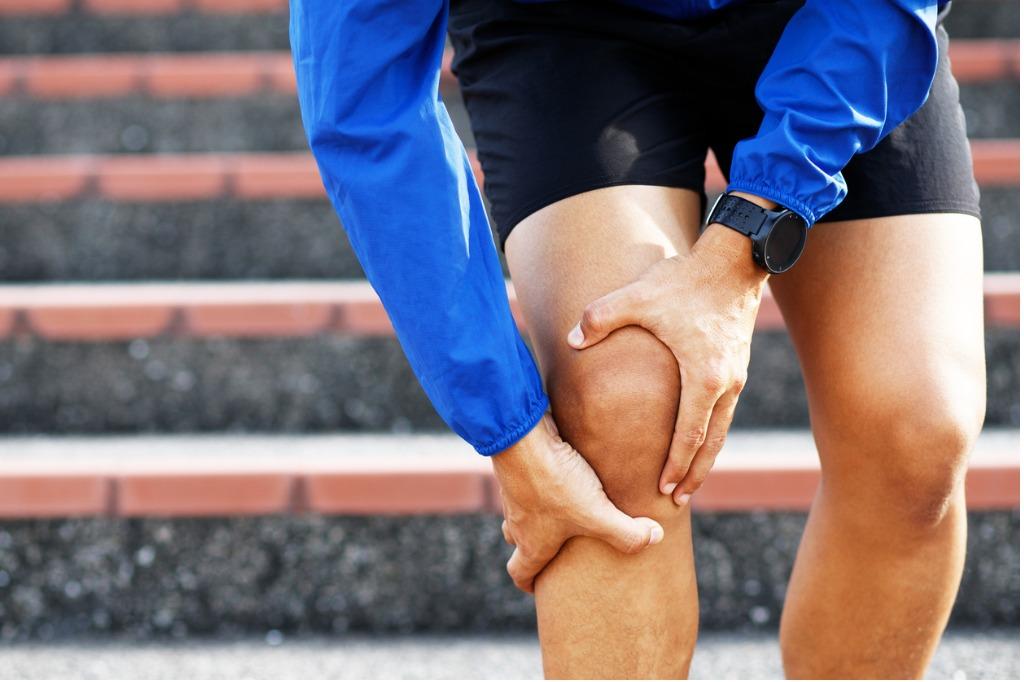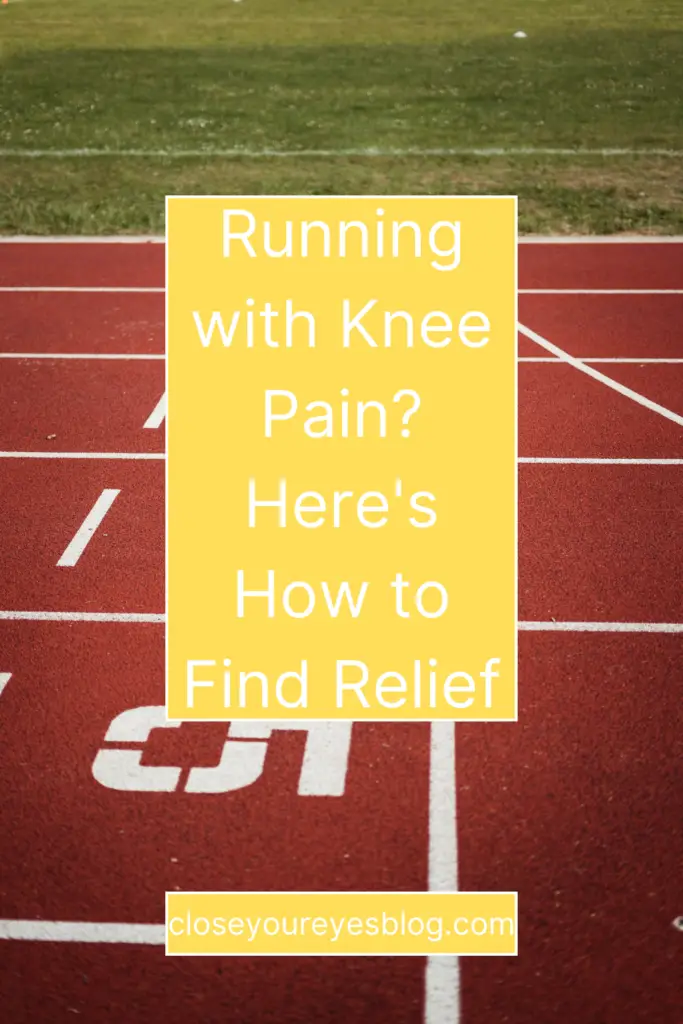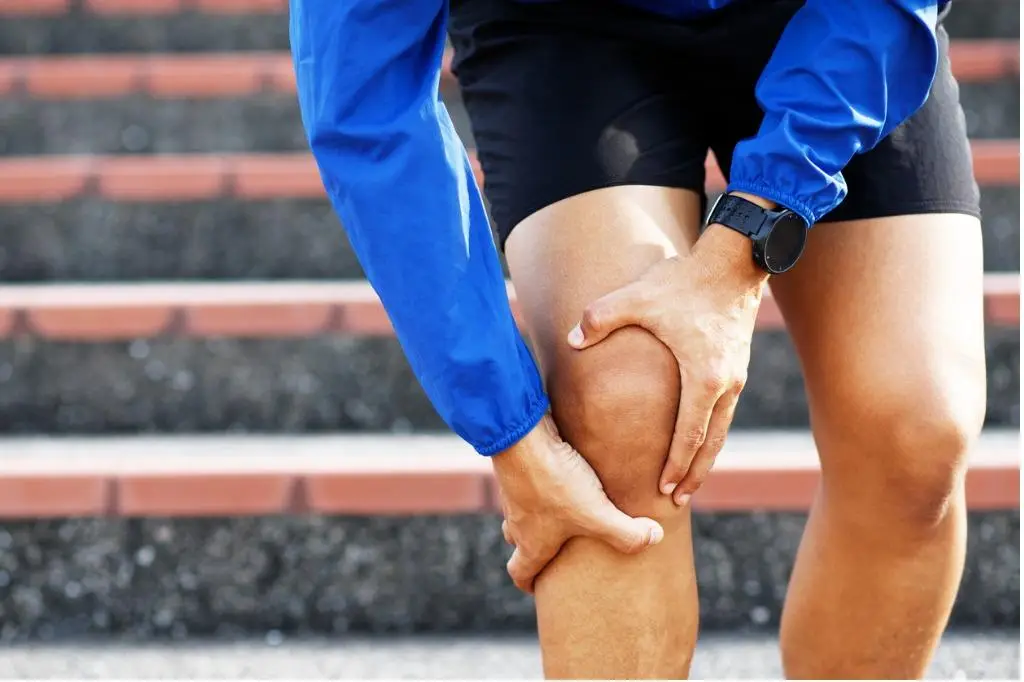Finding yourself experiencing knee pain while running? Try out these techniques to get back to running comfortably.

Knee pain is one of the most common problems runners run into the more they run. It can be a very annoying feeling that takes time to heal.
This pain is often referred to as “runner’s knee“. There’s no pleasure in running under this condition, as the kneecaps feel like they’re under too much stress.
However, there are ways to treat runner’s knee without having to go to physical therapy. It takes time, but once a routine is set and followed daily, the pain will slowly fade away.
#1: RICE (Rest, Ice, Compress, Elevate)
RICE is the most popular method for treating runner’s knee. The main components of the method are resting, icing, compressing, and elevating the knee.
The knee can be swollen from over usage, and it may need a break from running. Rest can vary, but doctors recommend at least two days to recover.
In addition, the knee should be elevated while resting to reduce swelling. One way to keep the knee elevated is to lay the leg on top of some pillows.
The next factor in recovering the knee is to ice the knee, also to prevent swelling and is recommended to do for 10-20 minutes several times a day.
After applying ice, compressing the knee is a way to provide support to the injured knee by adding a brace or compression sleeve.
The RICE method should be followed for at least two days for best results.
#2: Quad/Hamstring Stretches
A knee problem can arise from tight quads and hamstrings. The body’s lower muscles are all connected to each other in some way, which in turn affects each other.
One of the more effective ways to stretch the quads is to pull the leg back behind you as much as possible. Hold the position for as long as possible, for both knees.
Touching one’s toes is another good stretch to loosen up.
In addition, stretching the calve muscles are also super important. One of the best stretches for the calves is the Achilles’ stretch, in which one foot is crossed on top of the other while in a push-up position.
Rollers are good to loosen the lower body muscles as well.
Even after the knee pain is gone, it’s important to continue stretching the lower body efficiently.
#3: Change your footwear
Running is an activity that deteriorates sneakers pretty quickly. Not only that, but if someone doesn’t know the type of shoe they need to run, it can be a cause for knee pain.
Some people have flat feet, others have a high arch or normal arch. All feet arches require different types of footwear for running. The purpose of this is to provide the best support to your legs and knees while running.
Most coaches recommend switching running shoes every 4-6 months, depending on how much someone runs. This is the approximation for someone who regularly runs to run 300-500 miles.
As mentioned earlier, it’s important to know the type of arch one’s foot has to buy the appropriate shoe. The best way to know is by seeing a doctor, but there are resources online to help identify one’s arch.
There’s a lot more science to running than one would imagine. Knee pain is a bummer, but it is bound to happen, even to the best of us.
After recovering from runner’s knee, it is a good idea to work on strengthening the lower body. Lunges are good exercises, as well as squats and leg presses. The stronger the lower body is, the less likely it is to experience pain.
Taking care of the knees is tough work, but it is very crucial.



